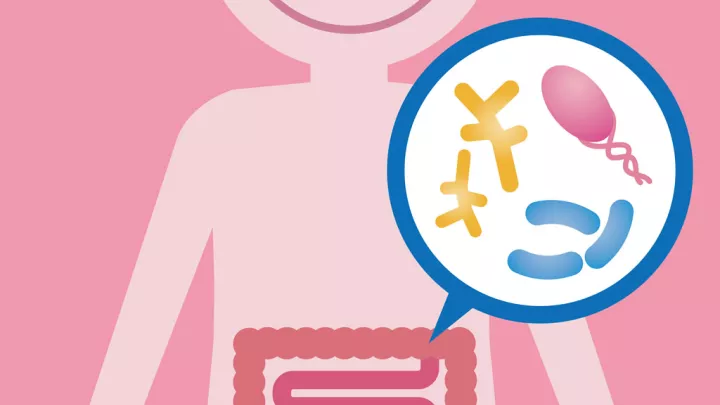
Prebiotics and Probiotics: What’s the Difference and the Benefits?
If you have ever been confused when hearing these two buzzwords or reading them at a grocery store, you are not alone. Probiotics and prebiotics, though similar in name, are two distinct types of food ingredients that are both beneficial for your child’s health, and complement each other very well. So what does it mean when a food contains aprobiotic or a prebiotic?
are “good” bacteria that fight the harmful “bad” bacteria and keep the intestines functioning well and healthy so that you can absorb the most nutrients from your food. Research shows that maintaining a healthy gut may also improve immune function. There are many different varieties of probiotics and they all perform differently in our gut. Probiotics are also helpful with conditions such as diarrhea, inflammatory bowel disease (IBD), Crohn’s disease, and other gastrointestinal issues through the restoration of intestinal flora.

- Common foods that contain probiotics include:
- Yogurts and kefir – must say “Live and Active cultures” and usually have the name of the bacteria listed such as: Lactobacillus (genus) Acidophilus, Casei, reuteri (species), Bifidobacterium (genus) longum, bifidum, lactis (species)
- Fermented foods – kimchi, sauerkraut, pickled vegetables
- Miso soups
- Sourdough Bread
- Aged, soft cheeses (Gouda, cheddar, provolone, Gruyere)
- Ginger
- Kombucha
- Tempeh
- Brine-cured Olives
- Microalgae
Prebiotics are carbohydrates that the body does not digest, which serve as food for probiotics. In essence, when you consume prebiotics, you are creating an environment for probiotics to thrive in, increasing their effectiveness. Thus, they serve as a precursor for maintaining and creating a healthy gut.
Prebiotics are easily found in plant foods, as they contain non-digestible fibers. Some good sources of prebiotics include, but are not limited to:
- Chicory
- Garlic
- Leeks
- Onions
- Asparagus
- Bananas
- Yams
- Sweet Potatoes
- Whole Wheat
Other sources of probiotics and prebiotics include dietary supplements in the form of pills, tablets, and powders. Make sure that the labels include the genus and strain to confirm its validity. It is best to consume, in combination, both probiotics and prebiotics.
As a general rule of thumb, eating a wide variety of foods with mostly fruits and vegetables can ensure optimal nutrition. Make sure to speak with your registered dietitian (RD) or physician to discuss the use of probiotics andprebiotics that may be specific to your child’s needs.


